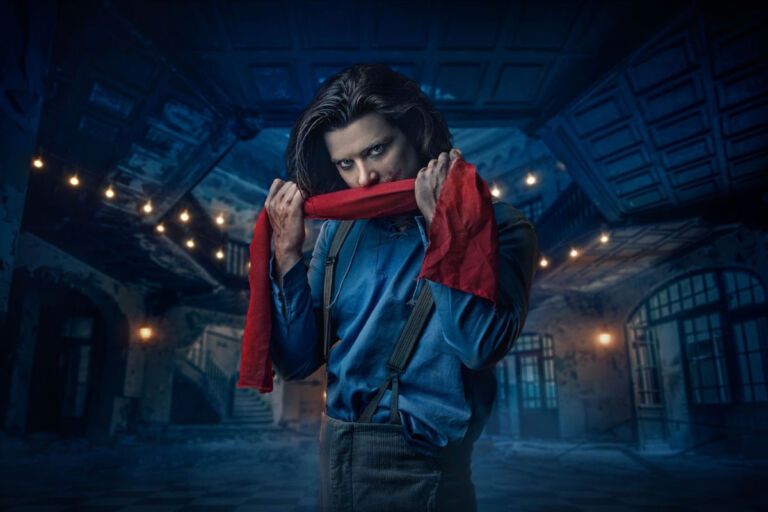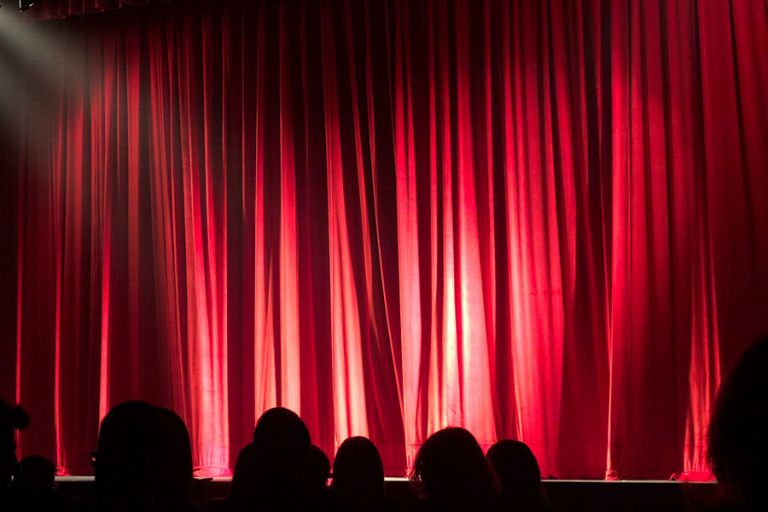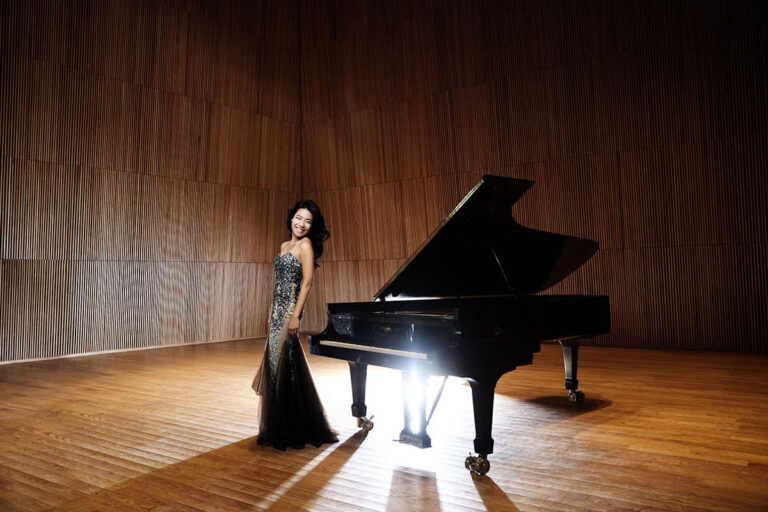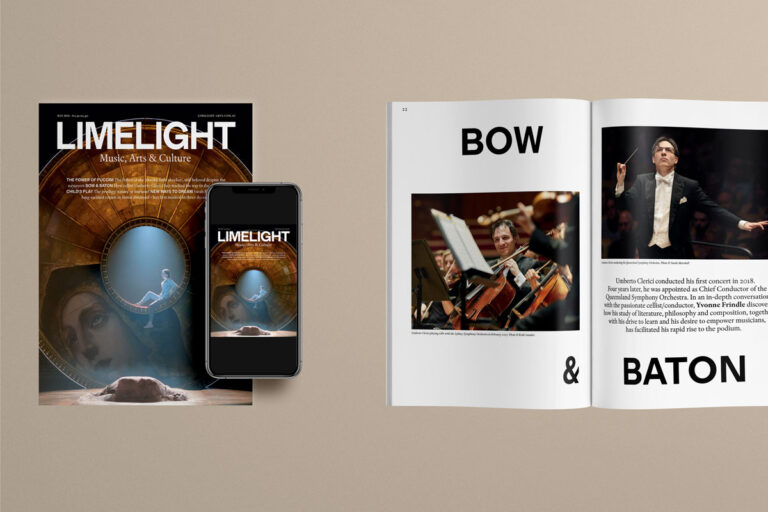Vladimir Ashkenazy is well known for his fascination with the earthier side of Russian orchestral music. His orchestration of Pictures at an Exhibition is far more liturgical than Ravel’s, and so it is to be expected he would take a similar view with Prokofiev. Pianist Alexander Gavrylyuk follows Ashkenazy’s lead here: his interpretations and playing are remarkable, with many original touches and a dazzling technique. Ashkenazy as conductor understands what is required in this music and is a superb collaborator.
The results are terrific. Like Beethoven, Prokofiev is able to alternate between the male and female moods in his music, setting beautifully dreamy themes against hard brutality. This is what makes the music so attractive and gives it life.
The first is the simplest of the five works and easiest to bring off, provided you keep at it. And in this performance they do. This short piece won the composer his spurs in the 1914 Rubinstein Competition. It was a triumph and Glazunov begrudgingly awarded him first prize. Both it and the third concerto leap at you, embracing, irresistible. The third is generally regarded the greatest of the five and it is the most popular, being more comprehensible at first hearing and continuing to reward the listener at every turn.
The fierceness of the second concerto is handled with vigour – no prisoners are taken! The beautiful nine-note theme with which it begins is elusive and sublime. That the work begins more effectively than it ends might account for its lesser popularity. The fourth is a tougher nut to crack and demands that we pay attention. It is for the left hand and was commissioned by Paul Wittgenstein, who also commissioned Ravel’s left-hand masterpiece. The fifth is lighter than the others and more of a romp. Away from this excellent performance, look no further than Richter’s benchmark
(DG 415119).
The old Ancerl/Richter recording on Supraphon of Prok 1 is also a must for fans (SU 3670-2-0110). In the complete sets, Gergiev with the Kirov Orchestra and pianist Alexander Toradze tried to re-interpret it for 2010, but as one critic observed, it was an "interesting failure in which the works were robbed of their external beauties". This does not happen here; this set is a winner on all counts.











Comments
Log in to join the conversation.